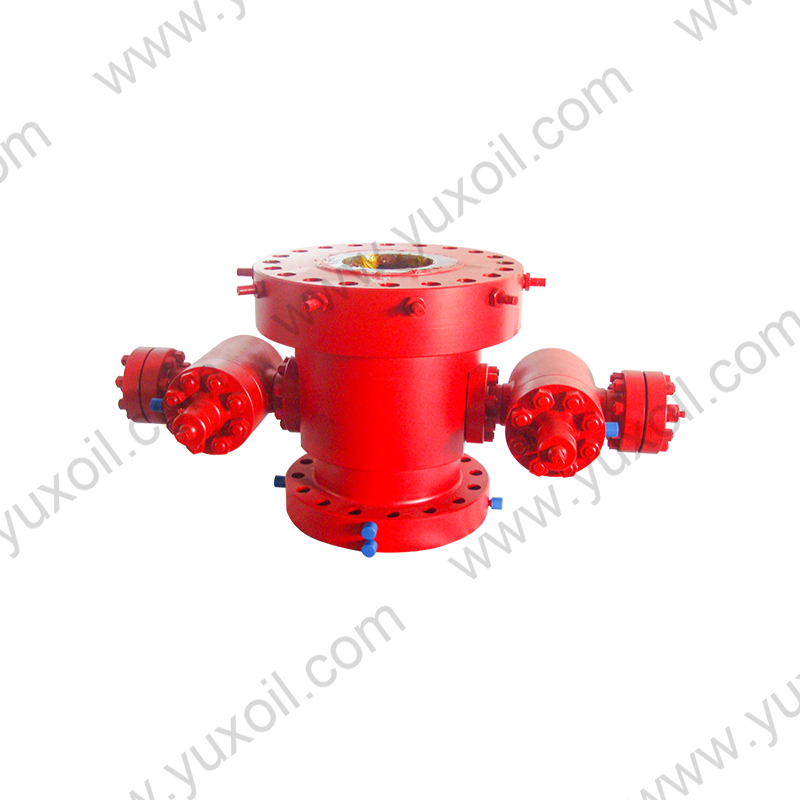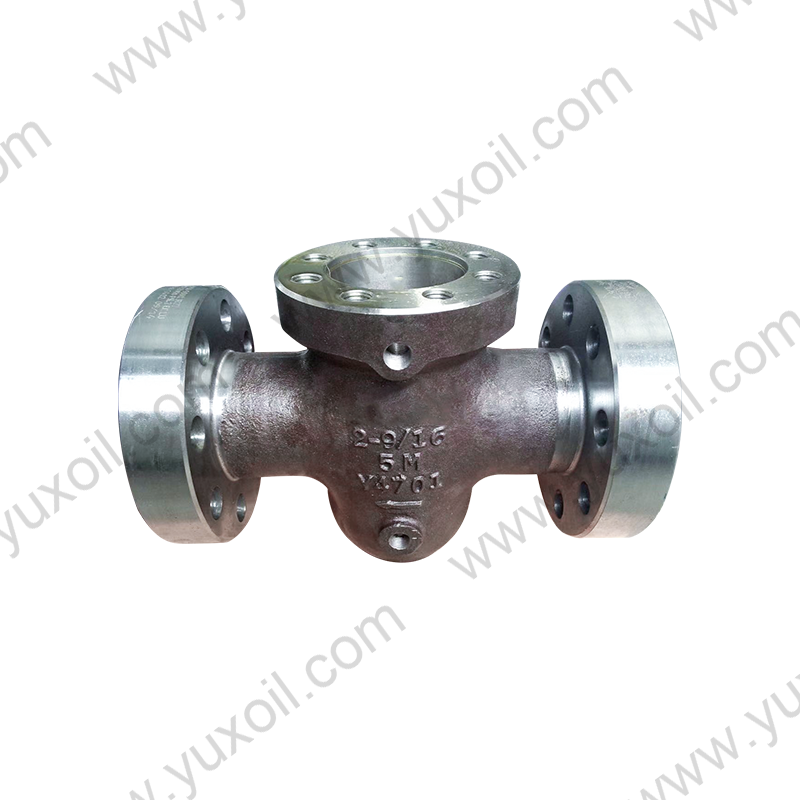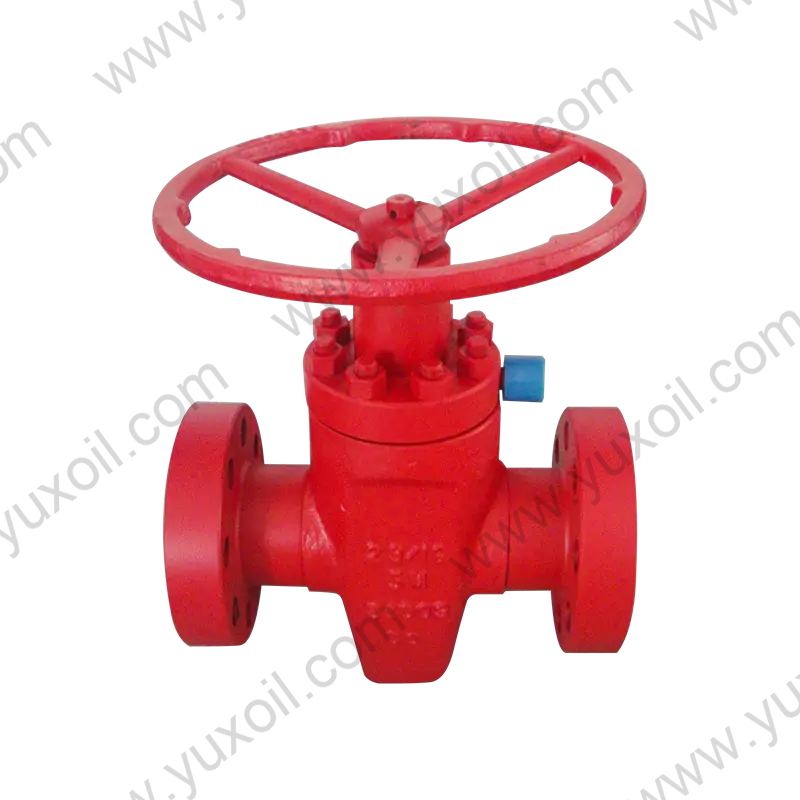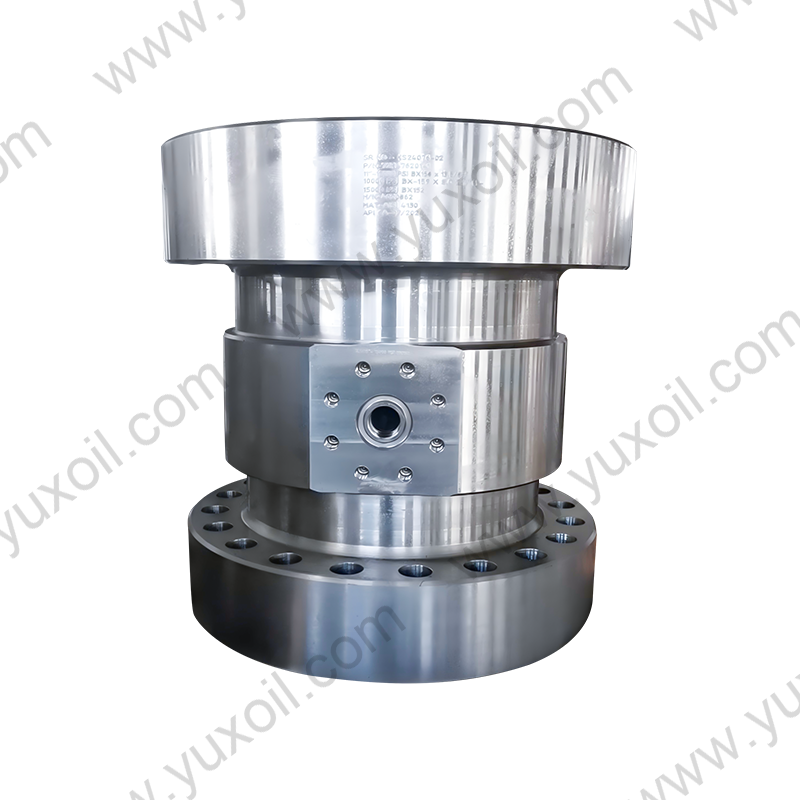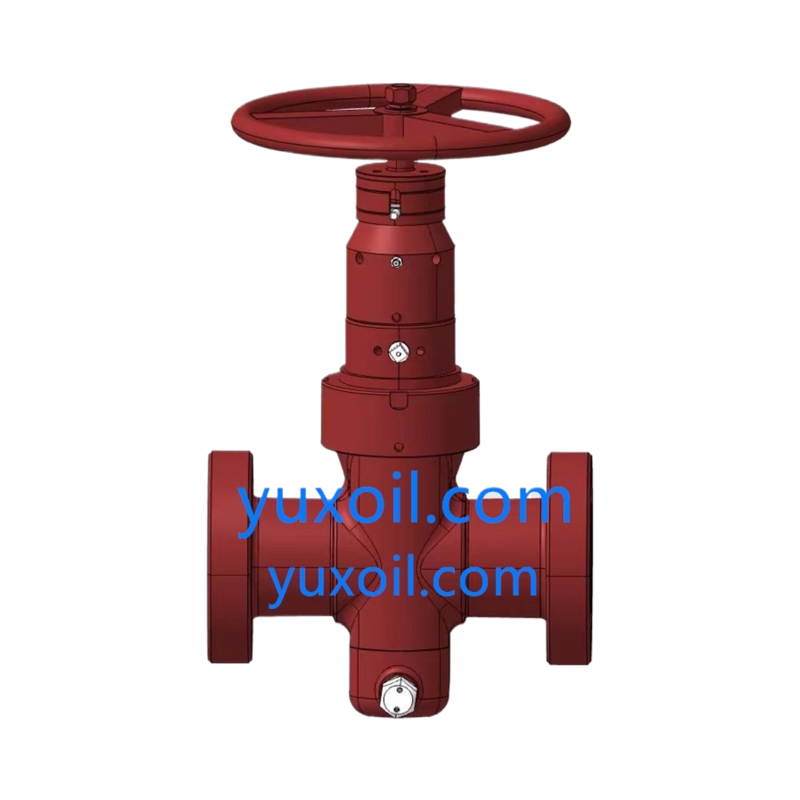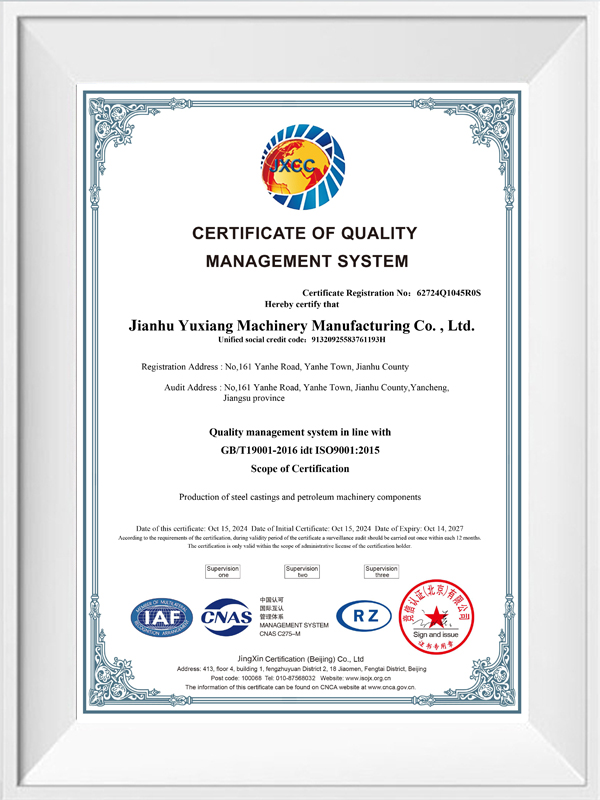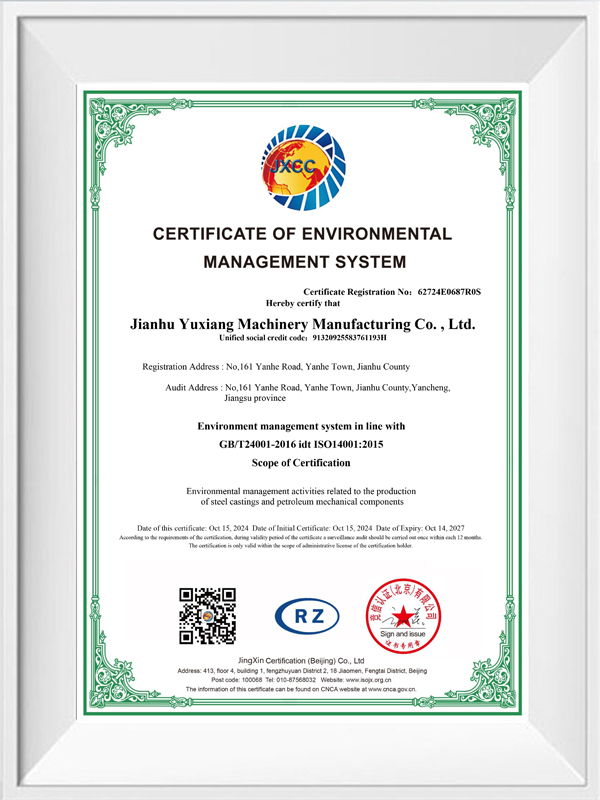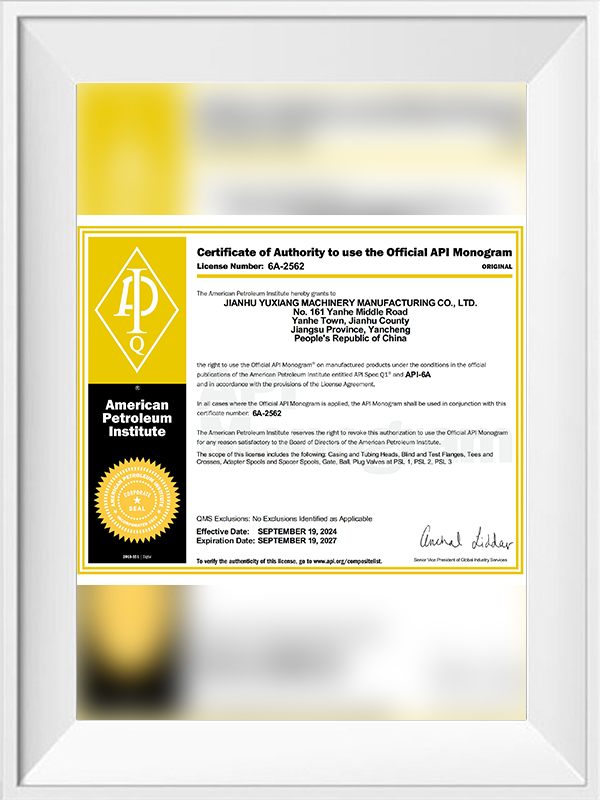A casing spool is a vital part of the wellhead assembly in oil and gas extraction. It serves as a downhole pipeline connector, linking the casing string to the surface equipment. This connection is crucial for maintaining the structural integrity of the wellbore and for facilitating the safe flow of fluids, including oil, gas, and injected fluids, during production and injection operations.
Casing spools are designed to provide multi-directional fluid channels, typically enabling the flow of fluids in four different directions. This design feature is critical for operations that require fluid diversion or direction change, such as during oil and gas extraction or fluid injection for enhanced recovery. The versatility of the casing spool makes it essential for use in multi-wellhead structures, where it enables the connection of multiple wellbores to surface facilities for the collection and transportation of oil and gas. Additionally, casing spools are commonly used in injection wells to direct fluids, such as water or gas, into the reservoir for enhanced oil recovery (EOR) purposes.
In fields that require fluid isolation, casing spools also play an important role in enabling wellbore isolation for testing and maintenance. This function is especially important in deepwater or offshore operations, where managing different fluid types and well conditions is complex and challenging. As a company that specializes in the manufacturing of wellhead equipment, Jianhu Yuxiang Machinery Manufacturing Co., Ltd. understands the importance of ensuring that casing spools are designed for maximum reliability and performance, as they are a fundamental part of ensuring safe and efficient oil and gas production.
2. The Technical Requirements and Design Challenges
Casing spools are subjected to some of the harshest conditions found in the oil and gas industry. These include extreme temperatures, high pressures, corrosive fluids, and mechanical stresses, which demand the highest levels of performance and durability from the equipment. The design and material selection for casing spools must therefore take these factors into account to ensure they can withstand the challenging environments they are used in.
To meet these demanding conditions, casing spools are often made from high-strength materials, such as carbon steel or corrosion-resistant alloys like stainless steel, which provide both structural integrity and resistance to wear and corrosion. For applications in offshore or high-sulfur environments, casing spools are sometimes coated with advanced anti-corrosion materials to extend their lifespan and prevent failure due to exposure to aggressive chemicals. In some cases, companies like Jianhu Yuxiang Machinery Manufacturing Co., Ltd. supply casing spools with additional protective coatings or special material grades to ensure that they meet the specific needs of different wellbore environments.
In addition to material strength, the sealing technology used in casing spools is a critical factor. Effective sealing is essential to prevent leaks, which can lead to operational delays, safety hazards, or environmental risks. As such, casing spools are often designed with advanced sealing mechanisms, such as metal-to-metal seals or elastomeric seals, which ensure a reliable and long-lasting seal under high-pressure conditions. The sealing system must also be capable of withstanding the effects of thermal expansion, vibration, and pressure fluctuations, which are common in deep wells.
Casing spools need to be designed for ease of installation and operation. Since these components are often installed in challenging and remote locations, their design must allow for easy handling and maintenance. Casing spools must meet the industry standards and regulations for oil and gas wellhead equipment, ensuring that they comply with the safety and operational requirements set by regulatory bodies.
Casing spools play a crucial role in various operations within the oil and gas industry. Their primary function is to serve as a connector between the wellbore casing and the surface pipeline system, facilitating the safe and controlled flow of fluids. Below are some of the most common applications for casing spools:
Fluid Diversion and Directional Control: In many oil and gas operations, fluids need to be directed in specific ways to optimize production or enhance recovery. Casing spools provide the necessary multi-directional fluid channels to divert or change the direction of the flow. This is especially important in multi-wellhead configurations, where several wellbores need to be connected to a central pipeline system. Casing spools enable oil and gas fluids to flow efficiently to surface facilities for processing and transportation.
Injection Well Operations: Casing spools are crucial in injection wells, where they are used to direct fluids, such as water, steam, or gas, into the reservoir to enhance oil recovery. The casing spool's ability to manage fluid flow in multiple directions is particularly valuable in secondary and tertiary recovery processes, where controlling the direction and rate of fluid injection is critical to maintaining reservoir pressure and maximizing production.
Wellhead Connection in Multi-Well Systems: In fields with multiple wellheads, casing spools are used to connect wellbores to surface equipment. By providing a reliable and leak-free connection, casing spools enable the collection and transportation of oil and gas from multiple wells to centralized facilities. This is essential for improving the efficiency of production operations and reducing the complexity of pipeline systems.
Testing and Isolation: Casing spools are also used in wellbore testing and maintenance operations. They help isolate different sections of the wellbore for pressure testing, fluid sampling, and other diagnostic procedures. Casing spools allow for the isolation of fluids, enabling multi-well linkage or separation during testing, which is critical for determining reservoir conditions and optimizing production strategies.



 English
English русский
русский Español
Español

